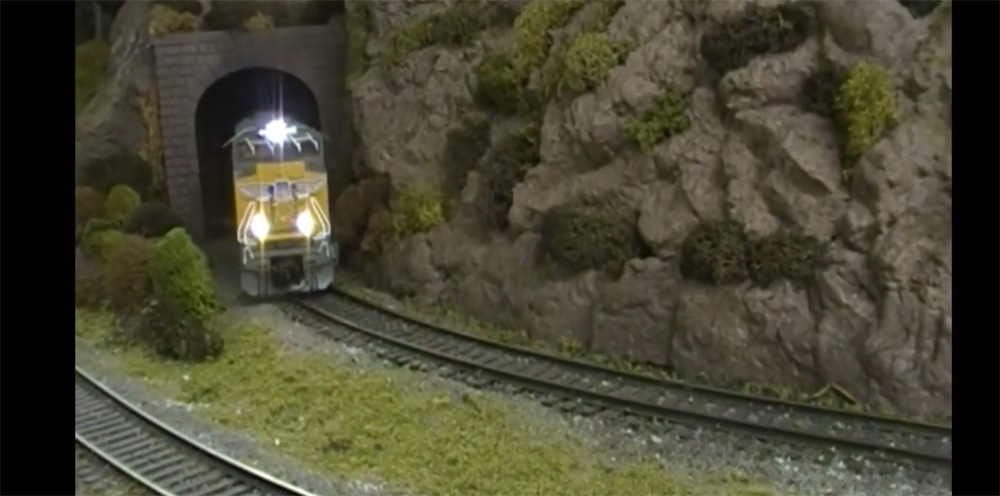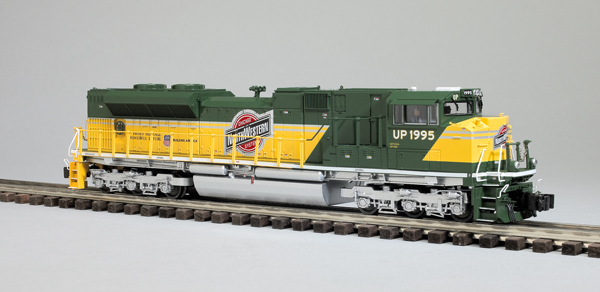
In the September 2013 issue, I offered a critique of Lionel’s well-executed American Flyer passenger cars done in the postwar style. Although the cars were nicely made, their design followed the limited detailing of an older day, and so might not be up to par with a scale-detailed model railroader. This time we’ll examine an […]
Read More…
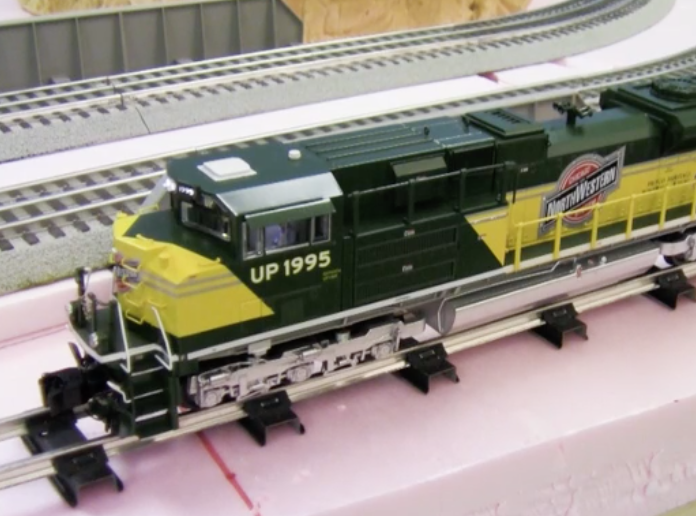
This powerful and intricately detailed diesel represents the new face of S gauge. Watch it in action! […]
Read More…

This powerful and intricately detailed diesel represents the new face of S gauge. Watch it in action! […]
Read More…
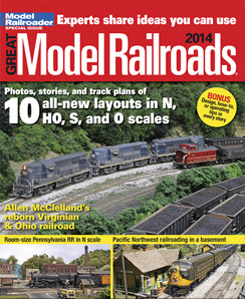
Great Model Railroads 2014 features 10 outstanding railroads in N, HO, and O scales. Use these images from this Model Railroader special issue as backgrounds on your computer screen. Click on the image size appropriate for your monitor and drag the image onto your desktop. Click to order Great Model Railroads 2014! Gerry Alber’s HO […]
Read More…
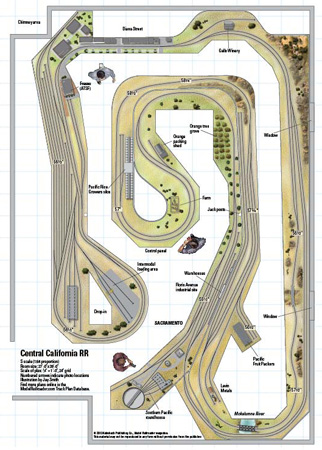
Name: Central California RR Layout designers: Robert Jackson and Brian Jackson Scale: S (1:64) Size: 27 x 39 feet Prototype: Atchison, Topeka & Santa Fe (diesel) and Southern Pacific (steam and diesel) Locale: Fresno to Sacramento, Calif. Era: 1955-1959 Style: walkaround Height: 55″ to 58″ Benchwork: L-girder Roadbed: Homabed Track: code 100 flextrack and handlaid […]
Read More…

Take a ride on these postwar-style S gauge American Flyer passenger cars by Lionel – see them in action now! […]
Read More…

Take a ride on these postwar-style S gauge American Flyer passenger cars by Lionel – see them in action now! […]
Read More…
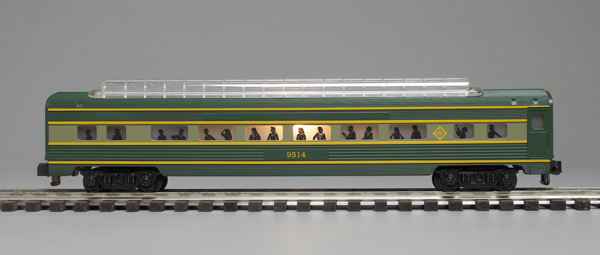
With the invigoration of Lionel’s American Flyer product line and the sale of S-Helper Service to MTH Electric Trains, the S gauge market appears to be entering a new epoch that may permanently divide old school and new school S gaugers. Before we step through the looking glass into this brave new world, I wanted […]
Read More…
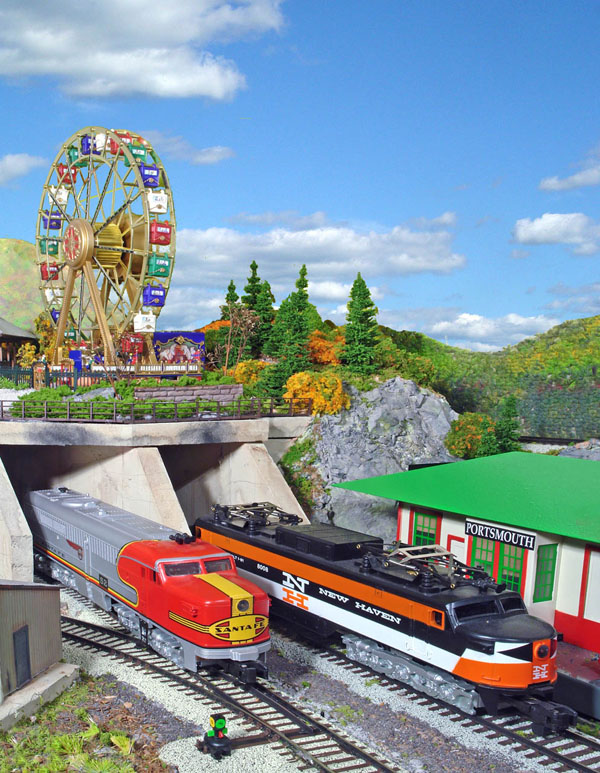
Inspired by a lifelong love of American Flyer trains and the beauty of his home, New England, Dick Iannacone built this highly realistic 16 x 20-foot S gauge layout set in the steam-to-diesel transition period of the late 1930s into the 1950s. Enjoy additional photos of his outstanding layout in the gallery below. […]
Read More…
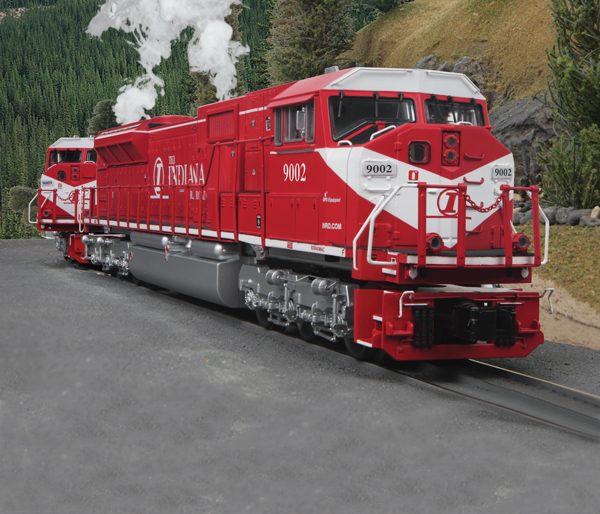
BIG RED: MTH’s Premier line of Electro-Motive Division SD9043MAC diesel locomotives includes the Indiana Rail Road paint scheme. The Indiana-based carrier operates approximately 225 miles of track formerly owned by the Illinois Central or the Milwaukee Road. The line also operates between Chicago and Louisville through trackage rights or haulage agreements. This O gauge model, […]
Read More…







